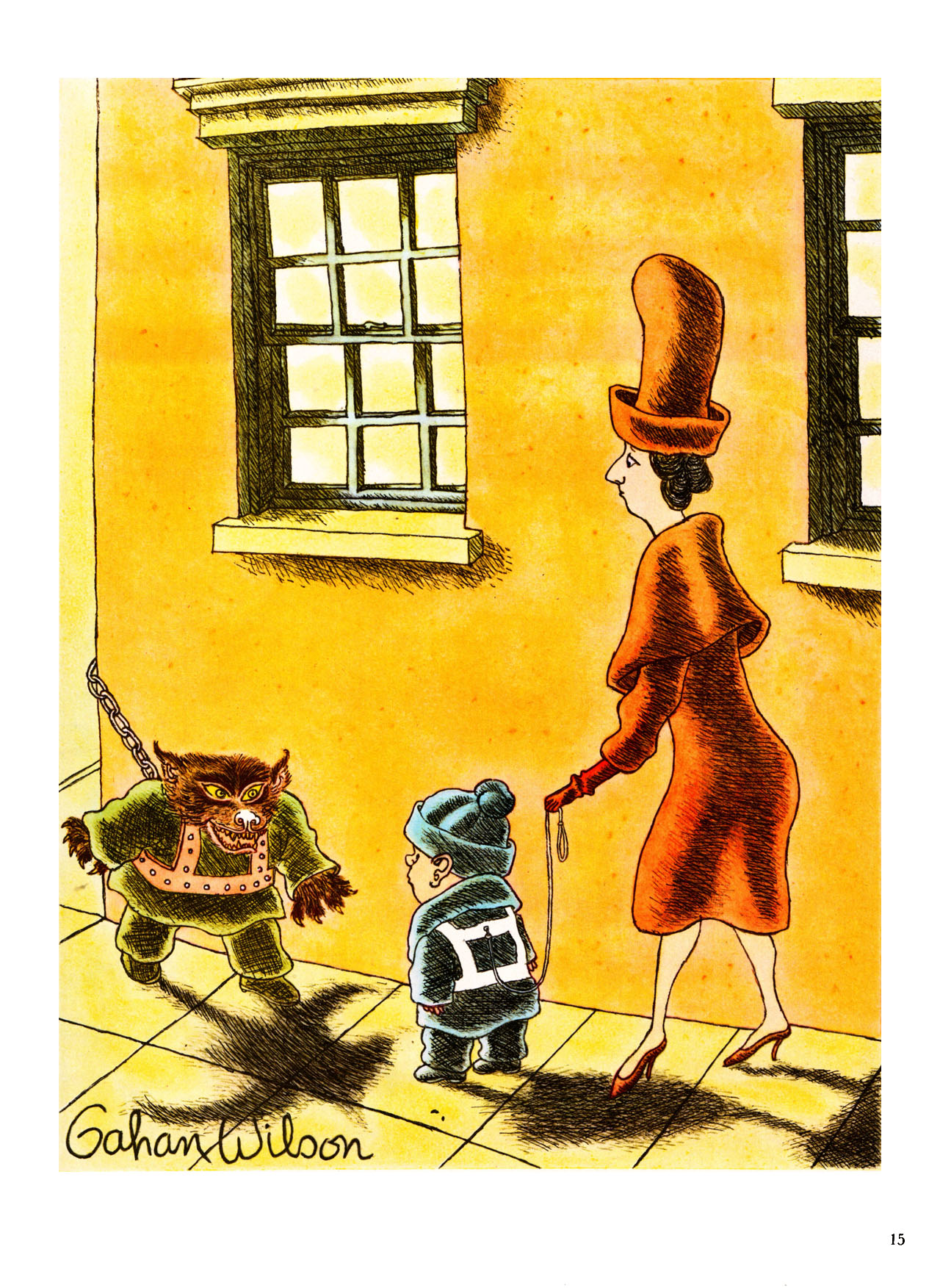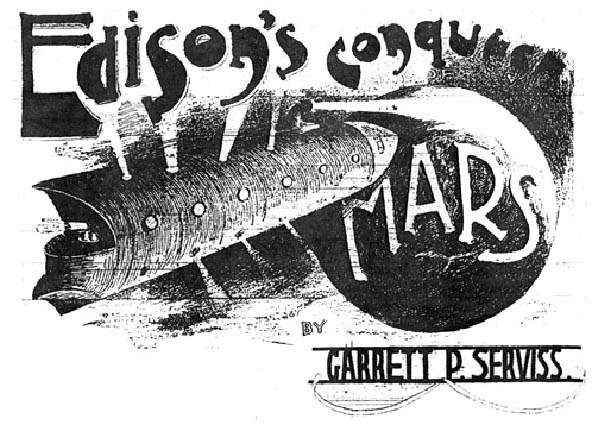Make the time to read this mind-boggling @bykenarmstrong story about a "forensic" tool that law enforcement--including the FBI & CIA--use even though it's absurd on its face, is not supported by one iota of science, and can lead to wrongful convictions. https://t.co/UxyjNaAOmn— Pamela Colloff (@pamelacolloff) December 8, 2019
Good thread.
On McKinsey
I joined the San Francisco office of @McKinsey in 1987. Like members of the CIA and the Royal Household, we called it The Firm.
The Firm values deep professionalism as much as analytic and strategic chops. Values, not formal structures, hold it together.
1/18— Marty Manley 🌎 (@MartyManley) December 4, 2019
51 weeks ago pic.twitter.com/BXhRgj3qAA— Derek Thompson (@DKThomp) December 3, 2019
Ducks, bruh https://t.co/YGVAZc8f6L— Charles P. Pierce (@CharlesPPierce) December 4, 2019
I never realized Diamandis was such a clown.
Wow, this is amazing (and I so don't mean than in a good way). Even for a jaded hyperloop veteran like me, this is awful.
Showed up in my Google news feed and I couldn't help myself from clicking. @trnsprtst @RyanDeto https://t.co/0iYgU0f4t2— Mark Palko (@MarkPalko1) December 8, 2019
Check out this exchange https://t.co/yk6aaIVSM7— Mark Palko (@MarkPalko1) December 8, 2019
Money spent on ads so far:
Steyer: $47M
Bloomberg: $39M (in two weeks!!!))
All other Democrats combined: $15Mhttps://t.co/YZkZ6fbAux pic.twitter.com/U2DXojGiBB— Nate Silver (@NateSilver538) December 7, 2019
“Juicero candidates” is such a great coinage, @dceiver is a king https://t.co/S9kgHH6u7h— Dave Weigel (@daveweigel) December 7, 2019
I didn’t know this but it’s in there and it’s insane. You’re required to work to get food stamps, but are ineligible if you have a car worth more than $2,250 you use to commute to work. Which is necessary to work if you don’t live on a bus route. https://t.co/4ZnL63iUUG pic.twitter.com/RVLWFXPDBD— Daniel J. Willis (@BayAreaData) December 6, 2019
"Isn’t it weird that a blogger has done the best work on comparative construction costs? New York plans to spend billions on railway & subway expansion. If better research could cut costs by 1%, it would be worth spending tens of millions on that research"https://t.co/OvLQjoceoI— John Arnold (@JohnArnoldFndtn) December 6, 2019
And a CEO with a history of making... let's call them questionable claims.https://t.co/C0A2vXxWEp— Mark Palko (@MarkPalko1) December 6, 2019
And, after that, you have to check out this, the ultimate Peloton thread.
Love putting my Peloton bike in the most striking area of my ultra-modern $3 million house— Clue Heywood (@ClueHeywood) January 28, 2019









